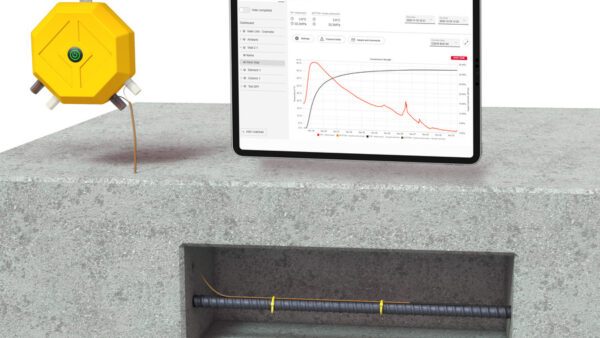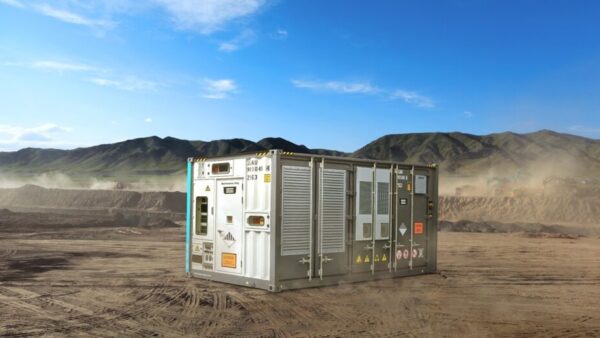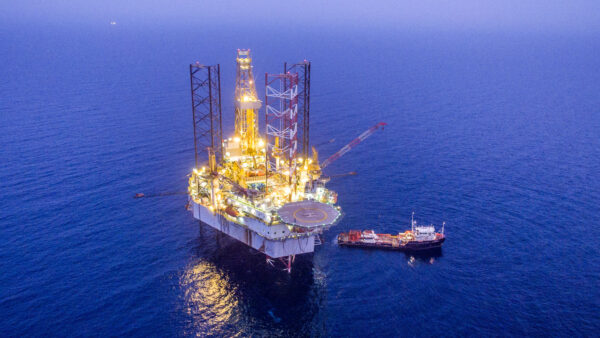Saipem 7000, the second largest crane vessel in the world, has passed through the Bosphorus on its way to Bulgaria to take part in the construction of Russia’s controversial South Stream gas pipeline to Europe.
The 98-m-long vessel, which has a lifting capacity of 14,000 tonnes and can chug along at 14km/h, entered the Black Sea accompanied by four Turkish tugs.
It was hired from Italian contractor Saipem by South Stream Transport, the Russian-Italian-German-French joint venture formed to build the underwater stretch of Russia’s hoped-for pipeline between Russia and Bulgaria across the Black Sea – a project valued at around $2.5bn.
The vessel first came to Turkey in 2001 to construct the Blue Stream gas pipeline from Russia to the province of Samsun. At that time, it set a new world record by laying pipes at a depth of 2,150m in the Black Sea.
South Stream has split the EU, with the European Commission (EC) and the northern states arguing against it and the southern states – who stand to benefit from the gas – in favour.
Under pressure from the EC and the US, Bulgaria froze work on the scheme in June, but work is proceeding on the offshore section.
Almost 300,000 tonnes of pipes have been supplied for the first offshore string and despite the ban on laying the pipeline in Bulgaria, sections for the deep-water part are being welded in the Bulgarian port of Burgas.
Promoted by Russia’s state-owned energy company Gazprom, South Stream is intended to pipe 63 billion m3 across the Black Sea to Southern and Central Europe, bypassing Ukraine. Gazprom’s plan is that pipeline will reach full capacity in 2018.
The EC says Gazprom’s plan breaks EU competition rules. It wants Gazprom to make the pipeline available for use by other gas suppliers, which Gazprom rejects. The bigger context is Europe’s dependence on Russian gas and Russia’s role in the Ukraine crisis.
The proposed route goes under the Black Sea, lands at Bulgaria, then crosses Serbia and Hungary. On 3 November Hungary defied the EC by passing a law clearing the way for the pipeline’s construction on its territory.
Work on the pipeline began in July, when Russia’s ministry of construction, housing and utilities issued the permit that allowed work to begin.
Some commentators have argued that there is little commercial reason to spend the vast amount of money – more than $40bn – required to finance the project.










